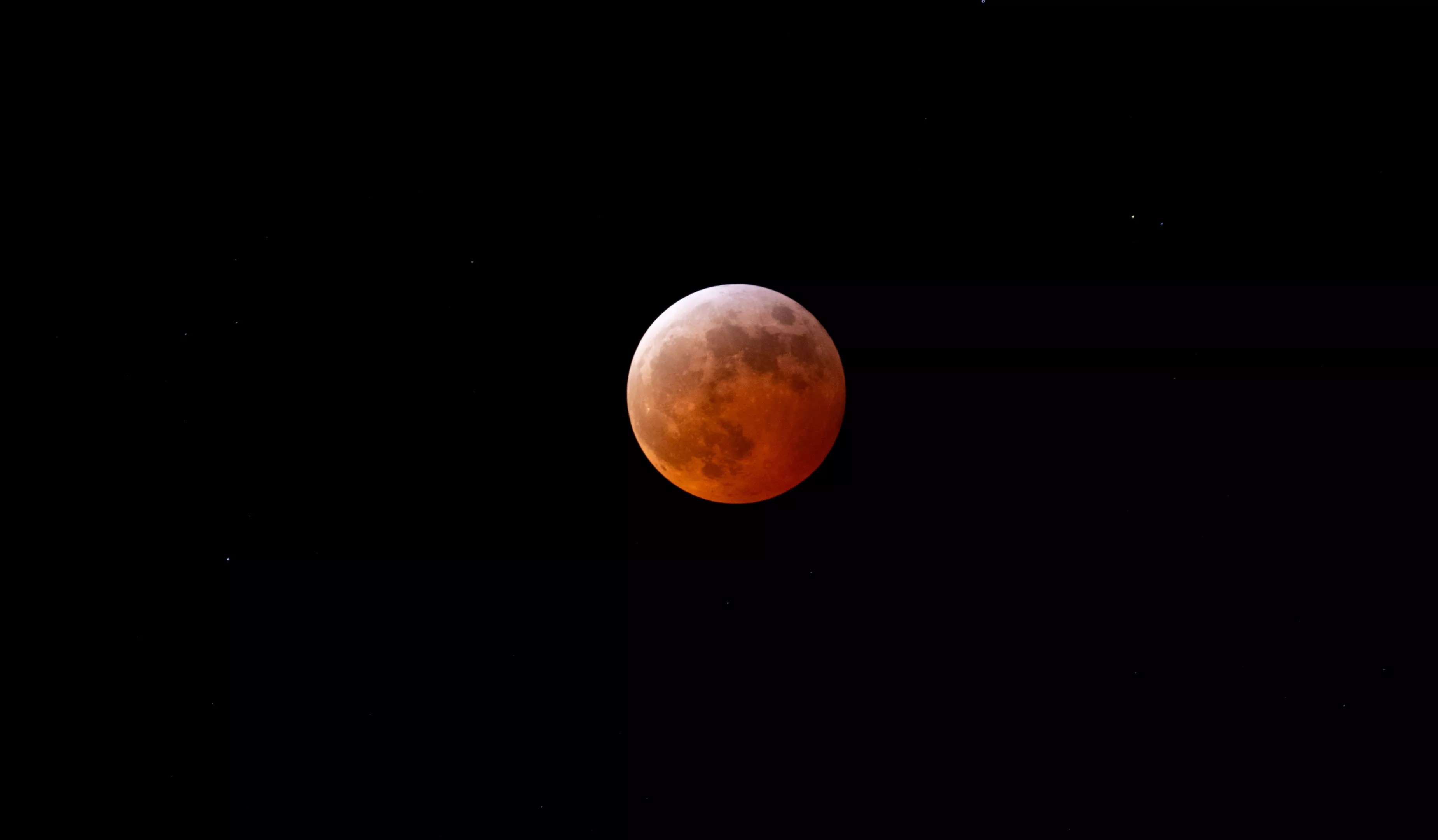
Kevin Hurley

Audio By Carbonatix
If you weren’t outside and staring at the sky last night, you missed an extraordinary sight: a total lunar eclipse that turned the moon into a stunning “blood moon.”
It was the first total lunar eclipse visible over North America since 2022, causing the moon’s surface to glow with crimson light. It’s a rare celestial event that occurs every few years – in case you were wondering – and gets its “blood” moniker because the moon turns a deep reddish hue.
The eclipse started at 8:57 p.m. Arizona time. The total lunar eclipse began at 11:58 p.m. and ended around 3 a.m. early Friday morning. The moon was located in the east-southeastern skies when the eclipse began and was in the south-southeastern skies when it hit totality just before midnight.
Though it’s always easier to see celestial events in areas with fewer city lights, plenty of professional and amateur photographers turned their cameras on the skies during the event and got good photos in metro Phoenix. Here are a few shots that were submitted or that we found on social media.
We’re thankful for you. Are you thankful for us?
We feel thankful for our staff and for the privilege of fulfilling our mission to be an unparalleled source of information and insight in Phoenix. We’re aiming to raise $30,000 by December 31, so we can continue covering what matters most to this community.
Help us continue giving back to Phoenix.

Samuel Abbott captured this shot just south of Maricopa.
Samuel Abbott
R/Phoenix subreddit contributor u/Dr-Charles-Johnson shared a photo from early in the eclipse, when the moon was still in the process of being covered and it hadn’t started to look red.
Lunar Eclipse last night 03/14/25
byu/Dr-Charles-Johnson inphoenix

The lights of a north central Phoenix apartment complex gave the eclipse a unique look.
Jennifer Goldberg
Reddit user u/oryanAZ contributed to the moon photos as well with an early shot of the eclipse.
Is this the first blood moon photo in the feed?
byu/oryanAZ inphoenix
The next total lunar eclipse that will be visible in North America will take place in just about a year from now, on March 3, 2026. If you find yourself in Europe, Asia, Africa or Australia on Sept. 7, 2025, you can see one there too.